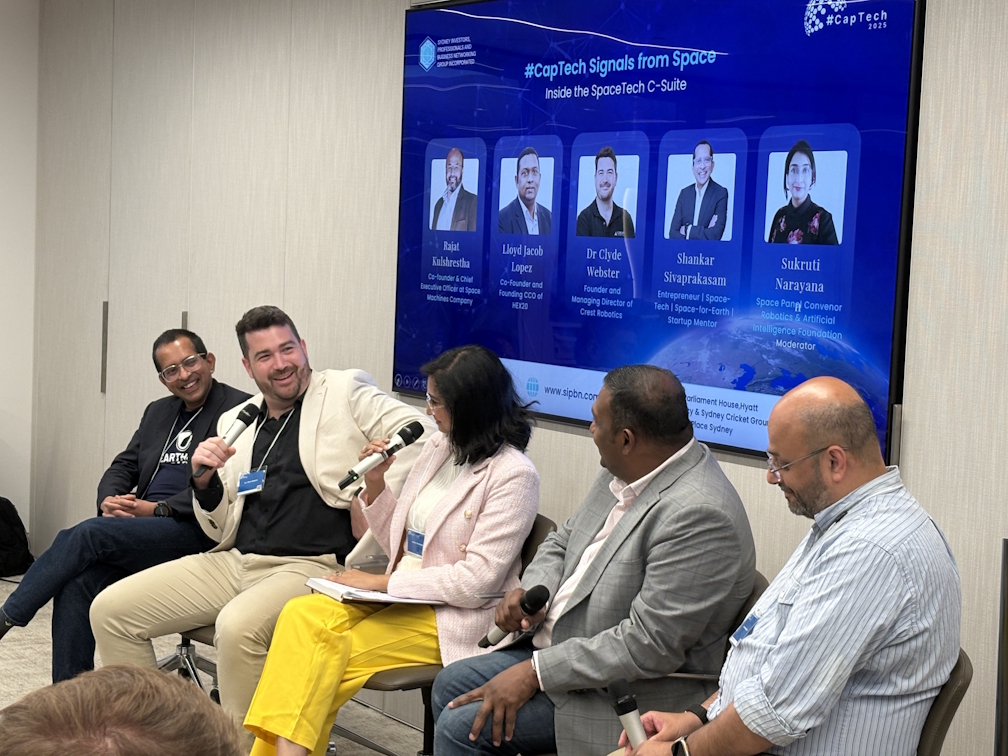Marketing Translations vs. Literal Translations: Why the Difference Matters

In today’s globalized world, businesses are increasingly reaching out to international markets to expand their reach. As the need to communicate effectively across multiple languages grows, translation services have become crucial for businesses looking to make their mark in foreign markets. However, not all translations are created equal. When it comes to marketing materials, there is a clear distinction between marketing translations and literal translations. Understanding the difference between these two types of translation is vital for companies that want to connect with foreign audiences effectively and avoid costly mistakes.
What Are Literal Translations?
Literal translation, often referred to as "word-for-word translation," is the process of translating each word of a sentence from one language to another without considering the broader context or nuances. The primary focus of literal translation is accuracy in terms of the words themselves rather than how they fit into the larger context.
Literal translations might seem like a simple solution, but they often fall short in the marketing world. Marketing copy is designed not only to inform but also to persuade, engage, and connect with an audience emotionally. This requires more than just direct translation. Literal translations often fail to capture the tone, cultural references, or emotional appeal that the original language conveys. What works in one language might not resonate with speakers of another language, making literal translation unsuitable for marketing materials.
The Concept of Marketing Translations
On the other hand, marketing translations are tailored to address the cultural, emotional, and persuasive aspects of marketing content. The goal of marketing translations is not just to translate words, but to adapt the content to make it resonate with the target audience in a way that is both culturally appropriate and effective. Marketing translations take into account the nuances of language, cultural differences, and the goals of the marketing campaign.
For example, the tone, style, and emotional appeal of the content are critical in marketing materials. Whether it’s a product description, a promotional email, or a social media post, marketing translations ensure that the message aligns with the preferences and expectations of the target market. This type of translation may involve rewording phrases, choosing synonyms, or even altering cultural references to make the message feel more familiar and relatable to the audience.
Why the Difference Matters
The difference between marketing translations and literal translations is significant for several reasons, especially when it comes to the effectiveness of marketing campaigns. Here are a few key reasons why understanding and choosing the right type of translation matters:
1. Cultural Sensitivity and Relevance
One of the biggest challenges when translating marketing materials is ensuring cultural sensitivity. Literal translations often fail to account for the cultural nuances that may be present in the original language. A phrase that works in one culture may not be appropriate or might even have a negative connotation in another. For example, in some cultures, certain colors, gestures, or symbols have specific meanings that could differ from their interpretation in another country.
Marketing translations address these challenges by adapting the content to suit the cultural norms and expectations of the target audience. This can involve changing idioms, metaphors, or even entire phrases to make the content more relatable and appropriate for the audience. By doing so, businesses can ensure their marketing materials are well-received and do not unintentionally offend or confuse the target market.
2. Emotional Appeal and Engagement
Marketing content is designed to evoke a response, whether it's generating interest, encouraging action, or creating a lasting impression. This emotional engagement is achieved through carefully crafted language, tone, and style. Literal translations often miss the mark in this regard, as they may not convey the same emotional undertones or persuasive qualities as the original content.
Marketing translations, on the other hand, are specifically designed to maintain the emotional appeal of the original content. Whether it’s creating a sense of urgency, excitement, or trust, marketing translations ensure that the message resonates emotionally with the target audience. This emotional connection is essential for driving sales, improving brand loyalty, and enhancing customer relationships.
3. Brand Consistency Across Markets
For companies operating in multiple markets, maintaining a consistent brand voice is essential. While the message may be the same across different regions, the way it is presented can vary significantly. Literal translations can often result in awkward, inconsistent, or stilted language that does not align with the brand’s voice.
Marketing translations, however, focus on preserving the brand’s tone and style across all markets. Whether a company is targeting a Spanish-speaking market in Mexico, a French-speaking market in Canada, or an English-speaking market in the UK, marketing translations ensure that the brand’s voice remains consistent and compelling, regardless of language.
4. Increasing Conversions and Sales
Ultimately, the goal of marketing is to convert prospects into customers. To do this effectively, businesses need to communicate clearly and persuasively with their target audience. Literal translations often fall short in terms of clarity and persuasion, as they don’t account for linguistic subtleties or cultural expectations.
Marketing translations, however, are crafted with the goal of driving conversions. By ensuring that the message is clear, engaging, and culturally relevant, marketing translations increase the likelihood of a positive response from the audience, whether that means making a purchase, signing up for a newsletter, or sharing the content with others.
5. Adapting to Local Regulations and Standards
Marketing materials often need to comply with local regulations, particularly in industries like healthcare, finance, or advertising. A literal translation may not account for these legal and regulatory differences, potentially leading to compliance issues. Marketing translations, however, are carried out by professionals who understand local regulations and industry standards, ensuring that the content meets all legal requirements.
When to Use Marketing Translations
Marketing translations are essential for any type of marketing content aimed at a global audience. Here are a few scenarios where marketing translations are particularly important:
- Advertising Campaigns: Whether it’s digital ads, print ads, or billboards, marketing translations ensure that your message resonates with local audiences in a way that is both accurate and culturally sensitive.
- Website Localization: Websites that cater to international markets need to be translated to ensure that the content is understandable and persuasive in each language. Marketing translations help adapt the tone, style, and messaging to suit each market.
- Social Media: Social media platforms provide businesses with an opportunity to engage with audiences in real time. Marketing translations ensure that your social media posts are effective and engaging across different languages and cultures.
- Product Descriptions and Catalogs: Accurate and persuasive product descriptions are essential for e-commerce success. Marketing translations help ensure that descriptions are not only accurate but also appealing to the target audience.
- Email Campaigns: Marketing translations are crucial for email marketing campaigns targeting international customers. This ensures that the content is both persuasive and relevant to recipients in different regions.
Conclusion
While literal translations may seem like a quick and easy solution, they often fail to capture the nuances and cultural context required for effective marketing. Marketing translations, on the other hand, are designed to ensure that your message is not only linguistically accurate but also culturally relevant, emotionally engaging, and legally compliant. By investing in professional marketing translations, businesses can ensure that their marketing materials resonate with international audiences, strengthen brand consistency, and ultimately drive sales and conversions. For high-quality marketing translation services, consider working with a reputable provider like Kings of Translation, which specializes in creating translations that help brands succeed in global markets.









